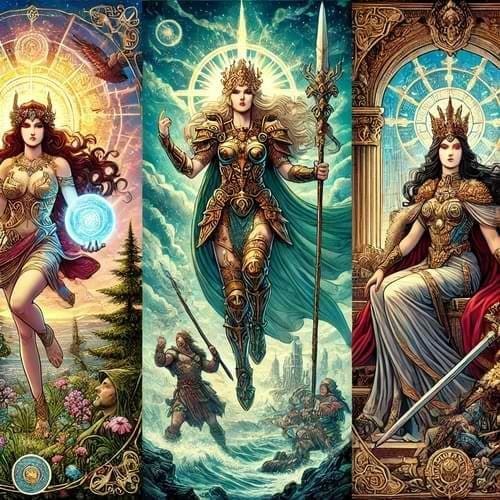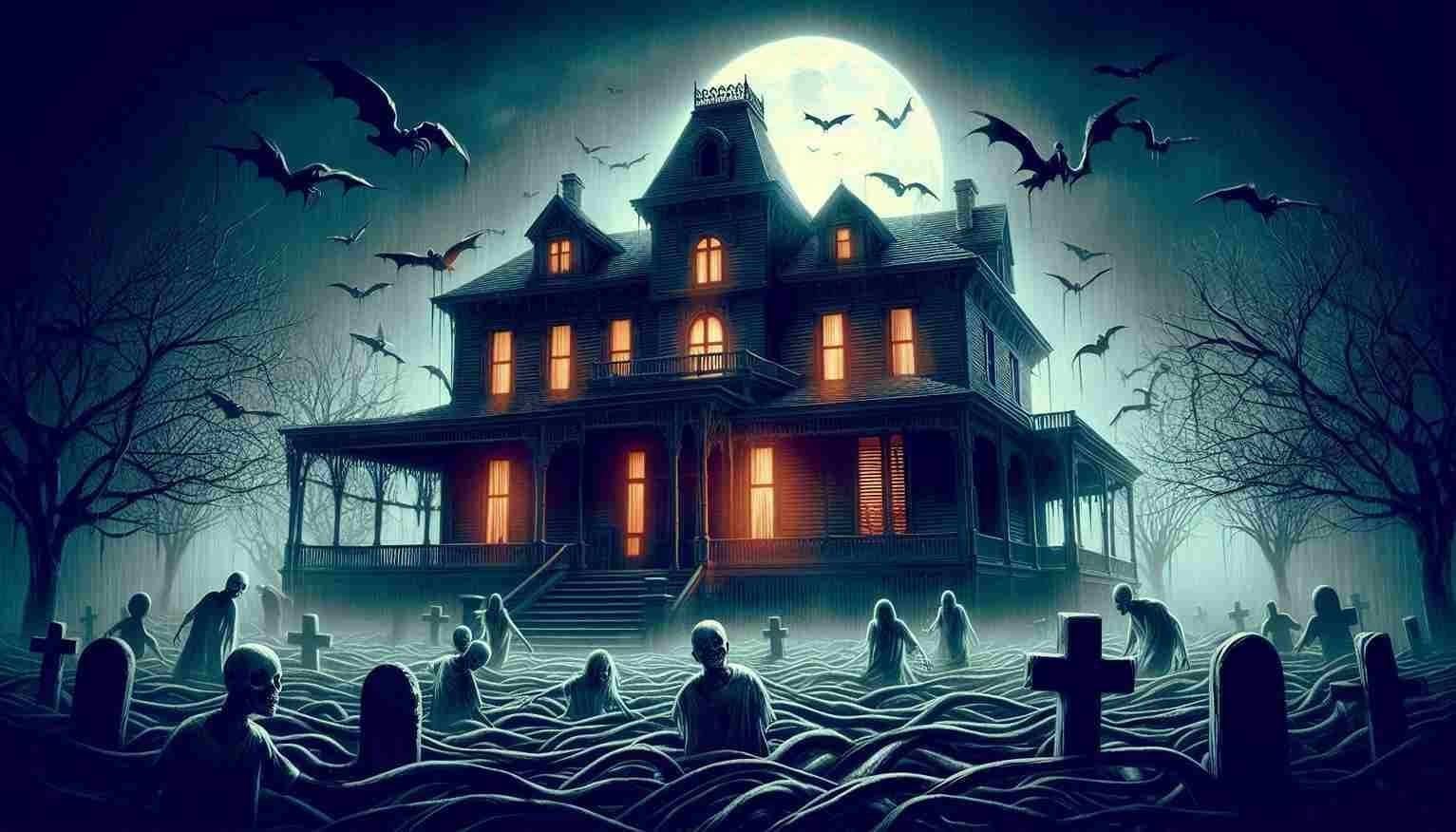Introduction: Folklore, the collective body of traditional stories, beliefs, and customs passed down from generation to generation, is not a static entity. Rather, it is a living, breathing tapestry that evolves and adapts as it traverses different cultures, regions, and eras. This evolution of folklore is a fascinating process that reflects the ever-changing nature of human societies and the resilience of oral traditions.
The Malleability of Oral Traditions
Folklore, by its very nature, is an oral tradition, transmitted through storytelling and word of mouth. This oral transmission allows for a certain degree of fluidity, as each storyteller adds their own unique spin, interpretation, or embellishment to the tale. Over time, these small variations can accumulate, leading to significant changes in the storyline, characters, or moral lessons conveyed.
A prime example of this evolution is the beloved fairy tale “Cinderella.” While the core story of a mistreated young woman who finds happiness and love remains consistent, the details and cultural elements vary widely across different versions. The European version features a pumpkin carriage and glass slippers, while in Chinese folklore, the heroine’s transportation is a magical fish, and her footwear is tiny golden shoes.
Also check: Mythological Creatures of Asia – From Dragons to Yokai
Cultural Adaptation and Localization
As folklore travels across borders and cultures, it often undergoes a process of adaptation and localization. Stories are tailored to resonate with the values, beliefs, and experiences of the new audience, incorporating familiar elements and motifs. This adaptation ensures the continued relevance and appeal of the tales, allowing them to strike a chord with diverse communities.
Consider the widespread Japanese folktale of the “Tongue-Cut Sparrow.” While the core narrative involves a sparrow helping an old couple, the specific details and moral lessons vary significantly between regions. In some versions, the sparrow represents gratitude and kindness, while in others, it symbolizes the importance of honesty and keeping promises.
Evolving Social Norms and Values
Folklore is not immune to the changing social and cultural norms of the societies in which it exists. As societal values and perspectives shift over time, traditional stories may be revised or reinterpreted to align with contemporary sensibilities and beliefs.
One notable example is the evolution of gender roles and representations in folklore. Many classic fairy tales and folktales initially depicted women in passive, submissive roles or as damsels in distress. However, as societal attitudes towards gender equality have progressed, these tales have been reimagined and retold with strong, empowered female protagonists who take charge of their own destinies.
The Influence of Literature and Media
While folklore originated as an oral tradition, its evolution has also been shaped by the written word and modern media. Literary adaptations and retellings of traditional stories have introduced new perspectives, interpretations, and creative elements, further enriching the tapestry of folklore.
For instance, the Brothers Grimm’s collection of fairy tales, published in the 19th century, played a significant role in preserving and popularizing many European folk stories. However, their versions often differed from the original oral traditions, reflecting their own cultural biases and writing styles.
In more recent times, films, television shows, and other media platforms have become influential vehicles for disseminating and reinterpreting folklore. Adaptations like Disney’s animated movies have introduced beloved folktales to global audiences, while also adding new twists and modern sensibilities.
Conclusion
The evolution of folklore is a testament to the remarkable resilience and adaptability of these traditional stories. As they journey across cultures and generations, they undergo transformations that reflect the changing times, values, and perspectives of the societies that embrace them. This dynamic nature of folklore ensures that these tales remain relevant and meaningful, resonating with diverse audiences and continuing to captivate our imaginations for generations to come.






Leave a Reply